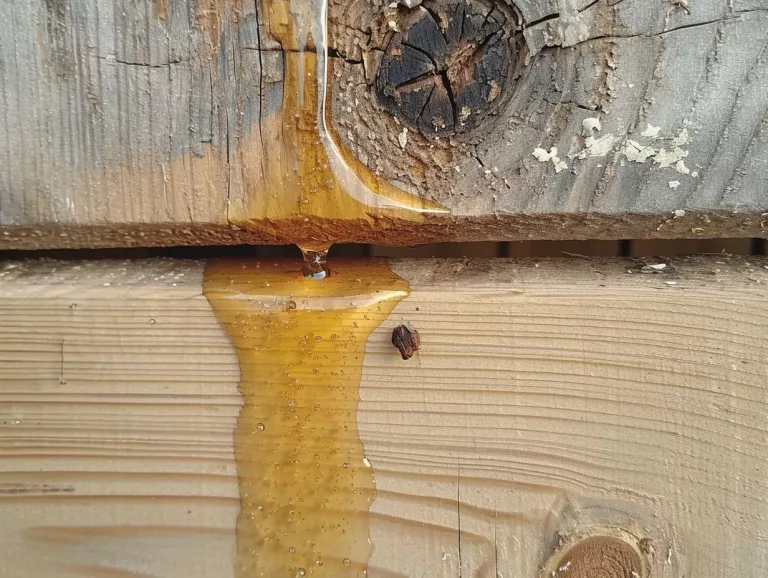Pin Oak vs Scarlet Oak: Amazing Study of the 2 Species
Welcome to the fascinating world of oaks, where the subtle nuances between species can captivate the interest of nature enthusiasts, landscapers, and botanists alike. Let’s unravel the mysteries and celebrate the nuances of pin oak vs scarlet oak, providing insights that will enrich your understanding and appreciation of the natural world. I tried to explore the distinctive characteristics and hidden charms of two popular yet often confused oak species: the Pin Oak (Quercus palustris) and the Scarlet Oak (Quercus coccinea).
While both trees share the majestic stature and robust nature typical of oaks, they possess unique traits and preferences that set them apart. From the deep, U-shaped sinuses of the Pin Oak’s leaves to the vibrant, scarlet hues of its counterpart in autumn, each species offers its own allure.
What is the difference between scarlet oak and pin oak?
Physical Characteristics
| Feature | Pin Oak (Quercus palustris) | Scarlet Oak (Quercus coccinea) |
|---|---|---|
| Leaf Shape | Leaves have 5-7 lobes with deep U-shaped sinuses. (image by Arieh Tal) | Leaves have 7-9 lobes with C-shaped sinuses.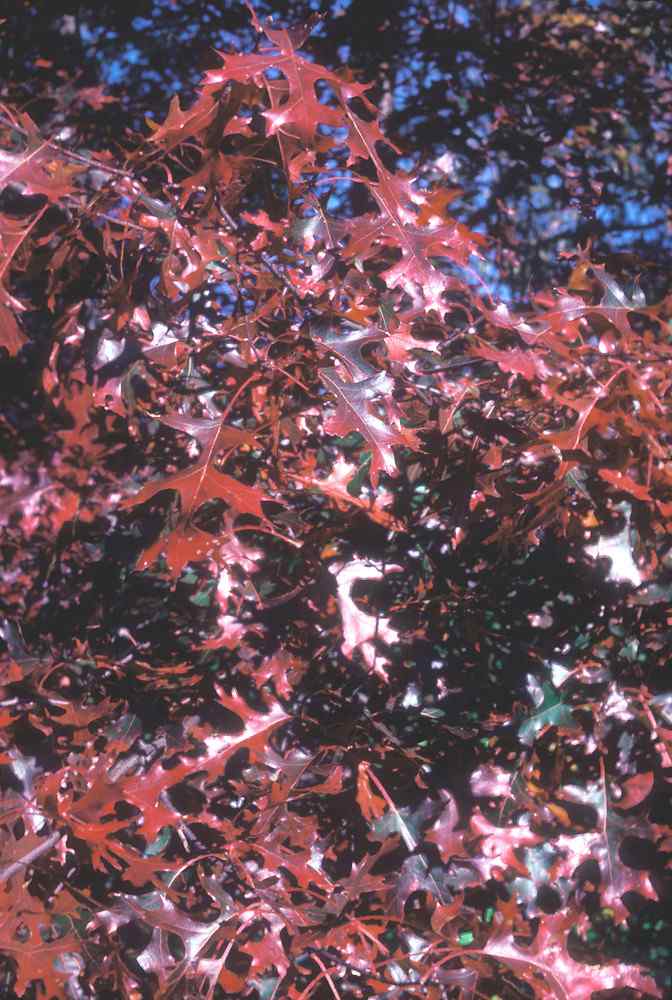 (image by Glenn Dreyer.) |
| Leaf Color | Bright green in summer, turning bronze or red in fall. | Dark green in summer, turning vibrant scarlet in fall. |
| Bark Texture | Smooth when young, becoming ridged and furrowed with age. (image by Arieh Tal) | Rough and deeply ridged, even in younger trees.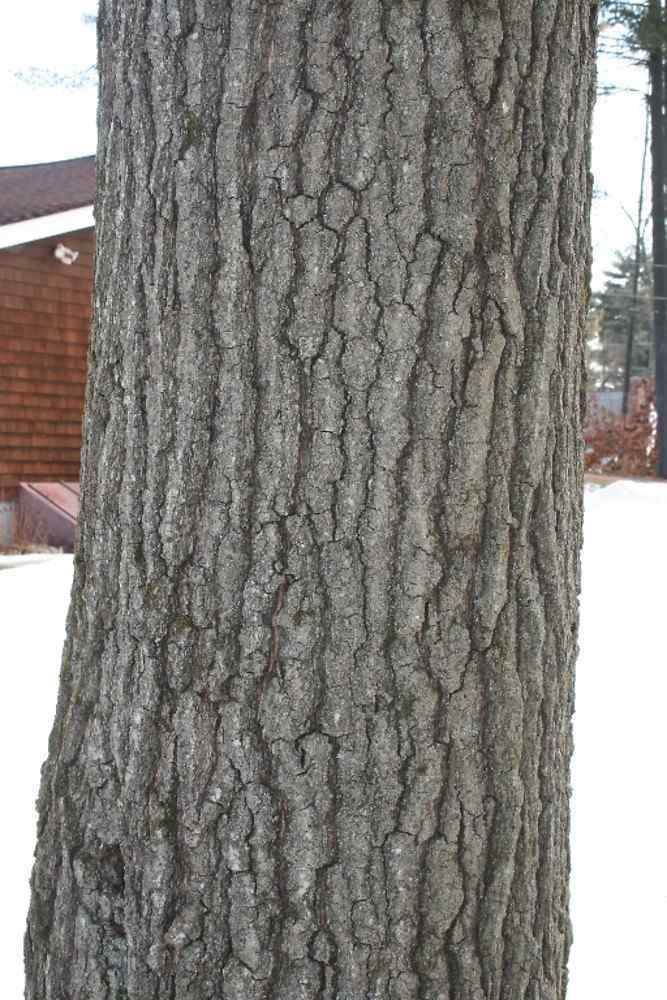 (image by Arieh Tal) |
| Acorn Size and Cap | Smaller acorns with thin, saucer-shaped cap.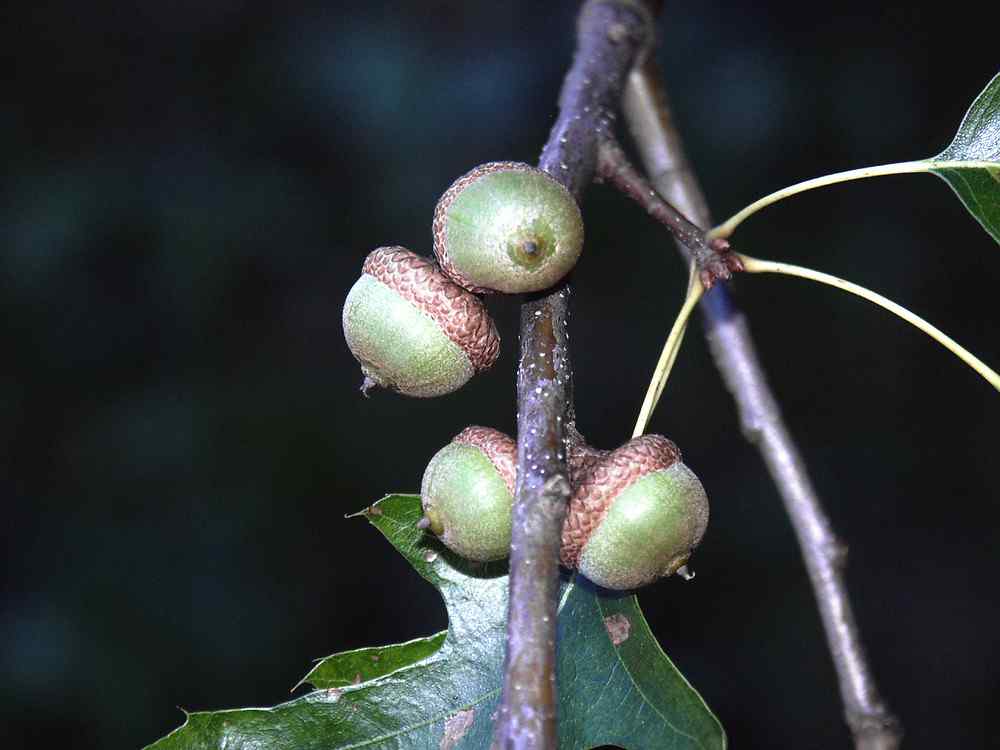 (image by Glenn Dreyer) | Larger acorns with cup-shaped cap covering about half. (image by Alexey Zinovjev) |
| Twig Nature | Slender twigs with pointed, hairless buds.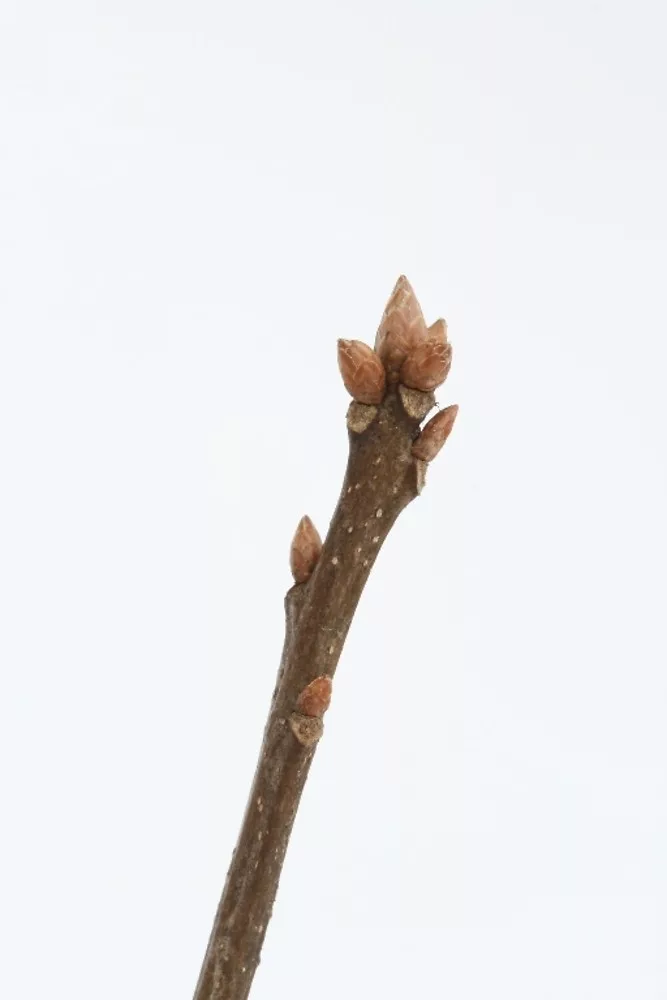 (image by Arieh Tal) | Stouter twigs with hairy buds.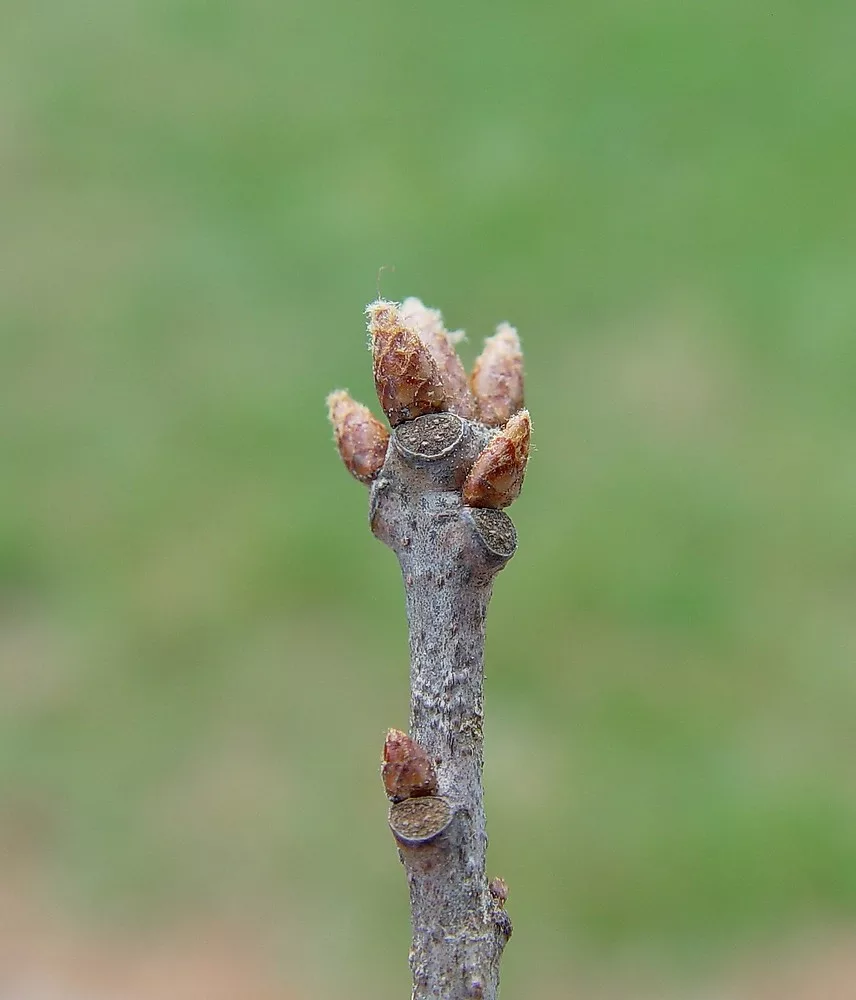 (image by Arthur Haines) |
| Bristles/ Awns on Leaves | 10-30 bristles/awns on lobe tips. | 18-50 bristles/awns on lobe tips. |
Ecological and Habitat Preferences
| Feature | Pin Oak (Quercus palustris) | Scarlet Oak (Quercus coccinea) |
|---|---|---|
| Preferred Habitat | Wet, but poorly-drained conditions is preferred. | Grows on dry sites with thin, rocky soil. |
| Wildlife Value | Provides habitat and food for birds and small mammals. | Acorns are a food source for wildlife; attracts birds. |
| Common Uses | Popular in landscaping for tolerance of wet conditions. | Often used as an ornamental tree for fall color. |
Growth and Maintenance
| Feature | Pin Oak (Quercus palustris) | Scarlet Oak (Quercus coccinea) |
|---|---|---|
| Branch Orientation | Lower branches descending, slow to self-prune. | Self-prunes more readily, lower branches less descending. |
| Growth Habit | Pyramidal shape when young, becoming more oval with age. | Irregular, rounded crown. |
| Sunlight Requirement | Full sun to partial shade. | Prefers full sun. |
| Soil Preference | Prefers acidic soils, tolerates poorly drained areas. | Prefers dry, acidic soils, more drought-tolerant. |
You can watch this video to understand the prominent features of pin oak.
And the following one is for scarlet oak identification.
I once mistook Pin Oak for Scarlet Oak while crafting a custom dining table in autumn, 2017. Focused on the perfect build, I only realized my error during the final varnish, when the wood revealed its true, more subdued brown tones, rather than the expected vibrant red of Scarlet Oak.
The client, amused by the mix-up, loved the craftsmanship and kept the table, turning my oak identification blunder into a charming story behind their new furniture piece. And, of course, I offered him a discount on the total bill, but my valued client happily paid me the full amount.
Woodworking Perspectives
| Feature | Pin Oak (Quercus palustris) | Scarlet Oak (Quercus coccinea) |
|---|---|---|
| Grain and Texture | Straight grain with a fine to medium texture. Uniform and easier to work with. | More irregular grain pattern, potentially coarser texture. Can be more challenging to work with. |
| Color and Appearance | Lighter color with subdued brown tones. Suitable for projects requiring a lighter, consistent color. | Richer, vibrant red tones. Ideal for projects where a striking color is desired. |
| Workability | Generally easier to work with due to consistent grain. Good for carving, turning, and detailed joinery. | Irregular grain can pose challenges in machining and finishing. Requires more skill for a smooth finish. |
| Durability and Strength | Reasonably durable and strong, typical of oak woods. | Similar in durability and strength to Pin Oak, with slight variations due to environmental adaptations. |
| Finishing | Takes stains and finishes well, allowing for a range of finishing options. | Might require less staining due to natural color. Care needed to preserve natural hues when finishing. |
| Uses | Often used in interior woodworking, cabinetry, and detailed work. | Preferred for statement pieces, decorative items, and where its distinctive color can be showcased. |

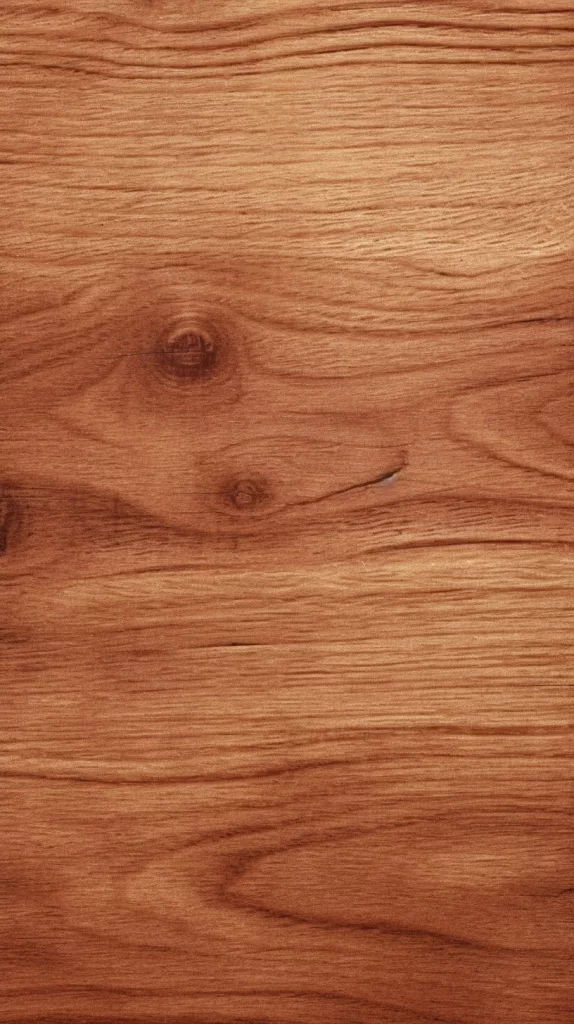
Related Resources
- Red oak vs black oak
- White oak vs Red oak
- Native Plant Trust, Go Botany
- Oregon Department of Forestry
- Live versus water oak
- Pin oak versus water oak
- Pin oak vs willow oak
- White oak vs European oak
- How hard is oak?
Conclusion
In summary, the nuances between Pin Oak and Scarlet Oak offer valuable lessons in woodworking. Each species’ unique traits, from grain to color, emphasize the importance of careful wood selection. These experiences, while sometimes challenging, enrich our craft and appreciation for the diverse beauty of nature’s offerings in woodworking.
FAQs
How do I identify scarlet oak?
It can be identified by its deeply lobed leaves with C-shaped sinuses, vibrant scarlet fall color, rough and deeply ridged bark, and large acorns with a cup-shaped cap covering about half of the acorn.
What is the difference between a red oak and a scarlet oak?
Red Oak refers to a group of oak species in the genus Quercus with certain shared characteristics like bristle-tipped leaves. Scarlet Oak is a specific type of Red Oak known for its scarlet fall foliage and deeply lobed leaves.
Is scarlet oak rare?
Scarlet Oak is not considered rare; it is commonly found in dry, upland areas, particularly on sandy or rocky hillsides, and is also used as an ornamental tree in landscaping.




